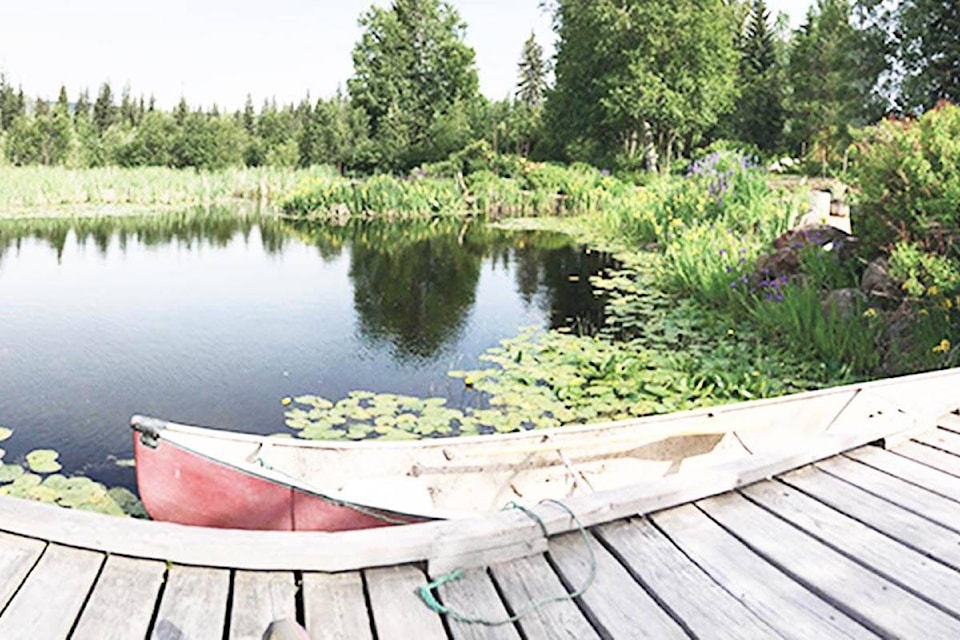The Land Conservancy of B.C. (TLC) recently announced its members and donors successfully raised the money needed to buy and protect the Clearwater Wildlife Corridor.
TLC is a non-profit, charitable land trust working throughout B.C. with an objective to benefit communities by protecting natural habitats of plants and animals, according to the organization.
The group launched the acquisition campaign to bring in funds to protect 10 acres of wildlife corridor in the Upper Clearwater River Valley.
“It’s pretty exciting for us—that was a big fundraising campaign, we allowed ourselves time for our membership to donate and really crossed the line just before time came up,” said Cathy Armstrong, executive director for TLC.
“It was pretty exciting to be there and know the land was secured; it’s a wonderful feeling that our members and donors support us.”
Thanks in part to two donations of more than $20,000 from TLC members, who wish to remain anonymous, the charity has accomplished its goal of raising $100,000 toward the acquisition.
The transfer is set to close by the end of the year and TLC will own 113 acres of adjacent lands for its ongoing protection and use for research and educational programming.
TLC protected 28 aces of wetland earlier this year.
The organization already gained a section of the wetland through a mix of buying directly and a donation through the federal Ecological Gifts Program.
Since Wells Gray Provincial Park was established in 1930, the southern border of the park has been extended several times and as a result there are two southward lobes of park land, but no designated wildlife corridors connecting them.
This forced the park’s large wildlife like deer, moose, cougars, bears and wolves to cross private land while going between winter and summer ranges.
“The animals are crossing all the time at various points of the year, so there’s potential for human and animal interaction, and also just disturbance—there could be disturbance where an animal would stop traversing an area if there’s too much activity going on,” Armstrong added.
“Our goal is conservation so we want these areas to remain as conservation areas—not having homes built there with the potential of families interacting where there could be danger.”
Armstrong added expanding protection on the wetland and establishing the two wildlife corridors was a goal to get TLC through the first stage of its larger vision, and now the area is safe from private use and occupation, it can focus on stage two.
She said the second stage is to use the nearby Wells Gray Education and Research Station, owned and operated by Thompson Rivers University, to start a naturalist program, though organizers are still trying to figure out what that will entail.
What the group does know is it wants to offer opportunities to recently graduated naturalists, and those just starting careers, a chance to visit the station and take part in programming that dives deep into the nature the area is known for.
The rough plan is to have two weeks of programming next May, with a community day in between so local residents can see what’s going on and learn some of the stuff the naturalists will be taking part in.
“We’ll invite the community to come out and bring their families, see what’s going on, and we’ll have lots of activities,” Armstrong said.
“There’ll be information about things like identifying plants, mosses, lichens and ferns and also potentially some interesting edibles from the forest, some mushroom identification and a wide range of things, but we just want it to be something interesting and fun.”
Much of this activity is the benefit of becoming a conservation area as opposed to a park, said Armstrong, adding a conservation organization like TLC can offer scientists use of the land for research, where as parks have restrictions on the type of use and projects that happen on the land.
